Maginhawa Community Pantry in the Philippines: A New Hope
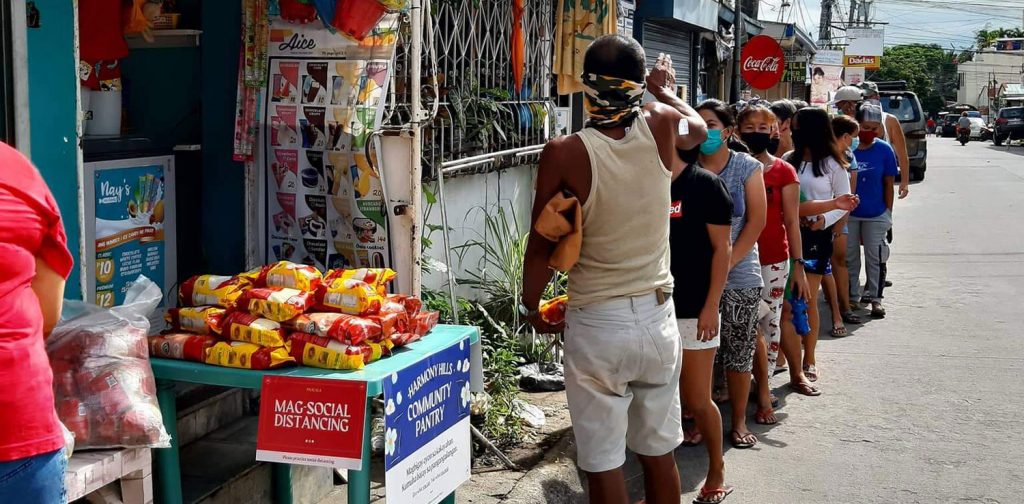
People line up at the Harmony Hills community pantry | Photo: Harmony Hills community pantry (the organizer)
In a time of need, hope simply comes from people coming together to help each other. The people of the Philippines come together in mutual aid as a response to hardships caused by the COVID-19 pandemic. They set up food banks by and for the people, now familiarly called ‘community pantries’.
The community pantry movement in the Philippines first sparked on April 14, 2021, when a small bamboo cart containing groceries appeared in Maginhawa Street, Quezon City. The cart came with a simple cardboard sign that said, “magbigay ayon sa kakayahan, kumuha batay sa pangangailangan”. Give what you can, take what you need.
Ana Patricia Non, the 26-year-old behind the cart, posted what she had done on social media, and it went viral. The idea gained traction and inspired others to do the same. Within a week, there were over 200 community pantries all over the country.
Activist groups, religious organizations, and regular citizens take part in the Maginhawa Community Pantry movement. Pantries who officially register have access to financial and material resources collected from donations and other means. Essentially, these community pantries create their own micro-economy by buying from local farmers, fishers, food vendors, and restaurants.
Most donations come from the rich and the middle class, but those who struggle financially also give what they can. Contributions from corporations do come, but they also come from farmers and fishers from rural areas all over the country.
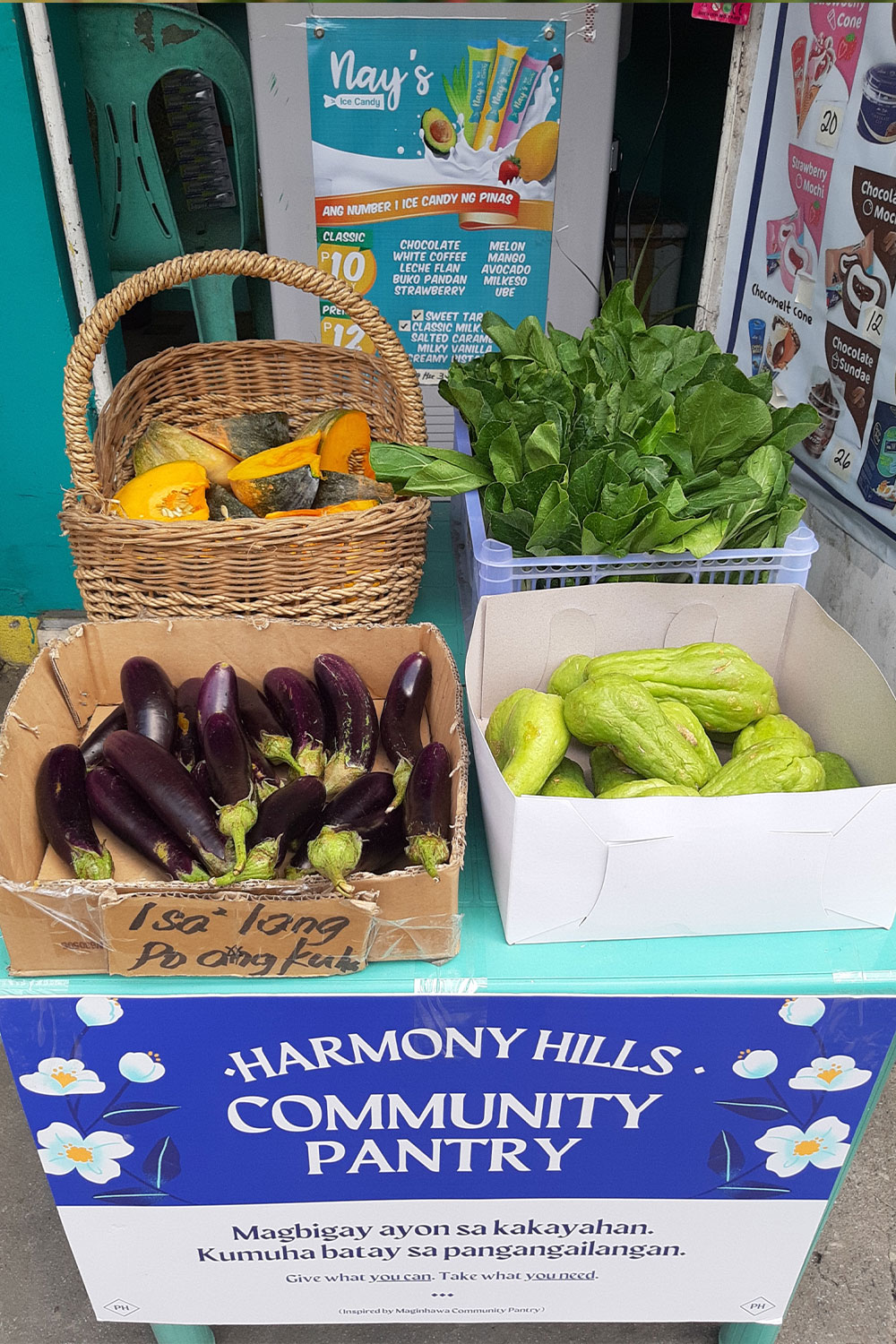
For example, Harmony Hills Community Pantry in San Jose del Monte City, Bulacan, received 200kg of rice from an agritech company. Canva, a graphic design platform, donated signage; a local bakery sent cookies; a boy brought a bag of mangoes he picked.
Many people have associated this movement with the Filipino values of Bayanihan, a spirit of communal unity to achieve something, and Kapwa, the unity of the self and the other. However, this movement is also a response to the Duterte government’s inadequate pandemic response.
A long-term lockdown in the Philippines forced many of its citizens out of work, increasing unemployment. The government promised low financial aid, but it got stuck due to ‘logistics’ with only a fraction of it completed.
Community pantry organizers are faced with ‘red-tagging’, insinuating that the movement was associated with the CPP-NPA (Communist Party of the Philippines – New People’s Army). There have been reports of harassment, slander, surveillance, and profiling by police forces. This issue has forced some community pantries to close temporarily.
Today, around 6,700 community pantries are operating across the country. Non admitted that they receive fewer donations these days, but she was not worried. She said, “the goal was never to provide for everyone; the true goal is to normalize kindness.”
Editor: Marlis Afridah

Join Green Network Asia Membership
If you find this content useful, support Green Network Asia’s movement to create positive impact for people and the planet through public education and multi-stakeholder advocacy on sustainability-related issues and sustainable development. Get exclusive benefits for personal and professional development as well as for organizational capacity development.
Become a Member Now
Nazalea Kusuma
Naz is the Manager of International Digital Publications at Green Network Asia. She is an experienced and passionate writer, editor, proofreader, translator, and creative designer with over a decade of portfolio. Her history of living in multiple areas across Southeast Asia and studying Urban and Regional Planning exposed her to diverse peoples and cultures, enriching her perspectives and sharpening her intersectionality mindset in her storytelling and advocacy on sustainability-related issues and sustainable development.


 Understanding the Dark Side of Artificial Intelligence
Understanding the Dark Side of Artificial Intelligence 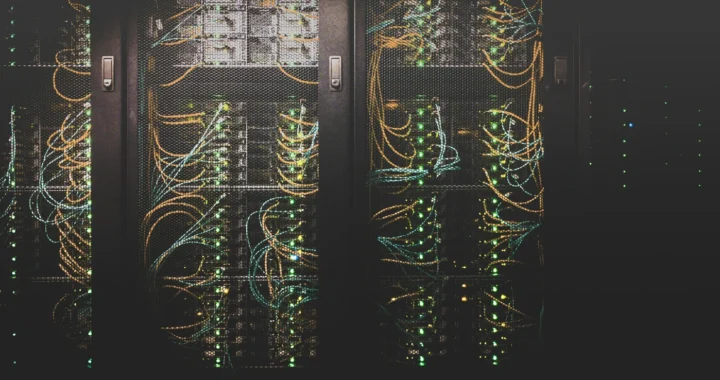 Attempting Data Center Circularity Through Waste Heat Recovery
Attempting Data Center Circularity Through Waste Heat Recovery 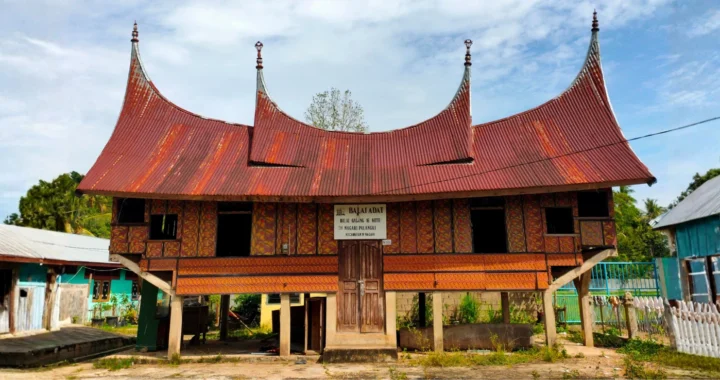 Indigenous Knowledge and Art as Integral Instruments for Disaster Risk Reduction
Indigenous Knowledge and Art as Integral Instruments for Disaster Risk Reduction  Strengthening Societal Resilience in the Age of Disruptions
Strengthening Societal Resilience in the Age of Disruptions 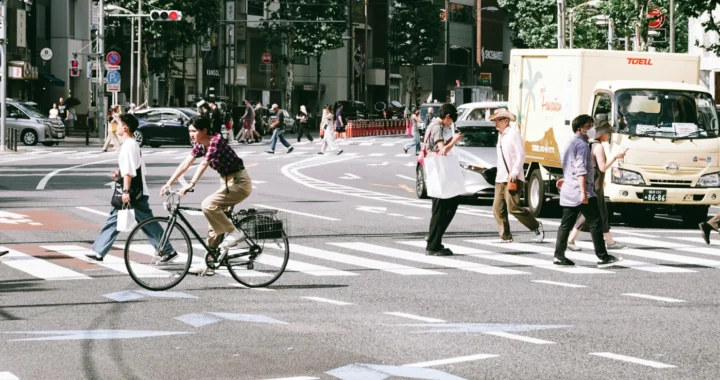 Building Strategic Approach to Support Urban Health for All
Building Strategic Approach to Support Urban Health for All 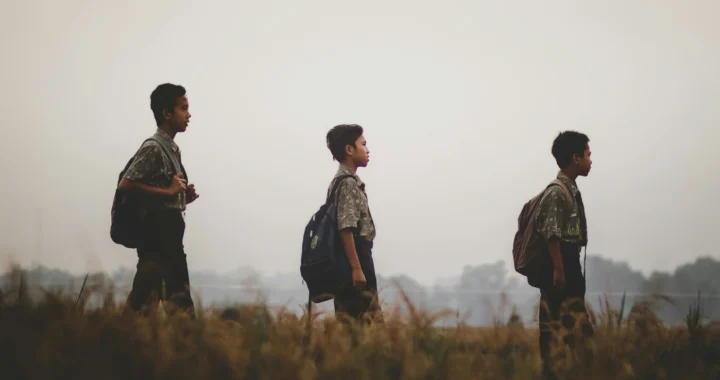 Understanding and Addressing Multiple Dimensions of Child Deprivation
Understanding and Addressing Multiple Dimensions of Child Deprivation